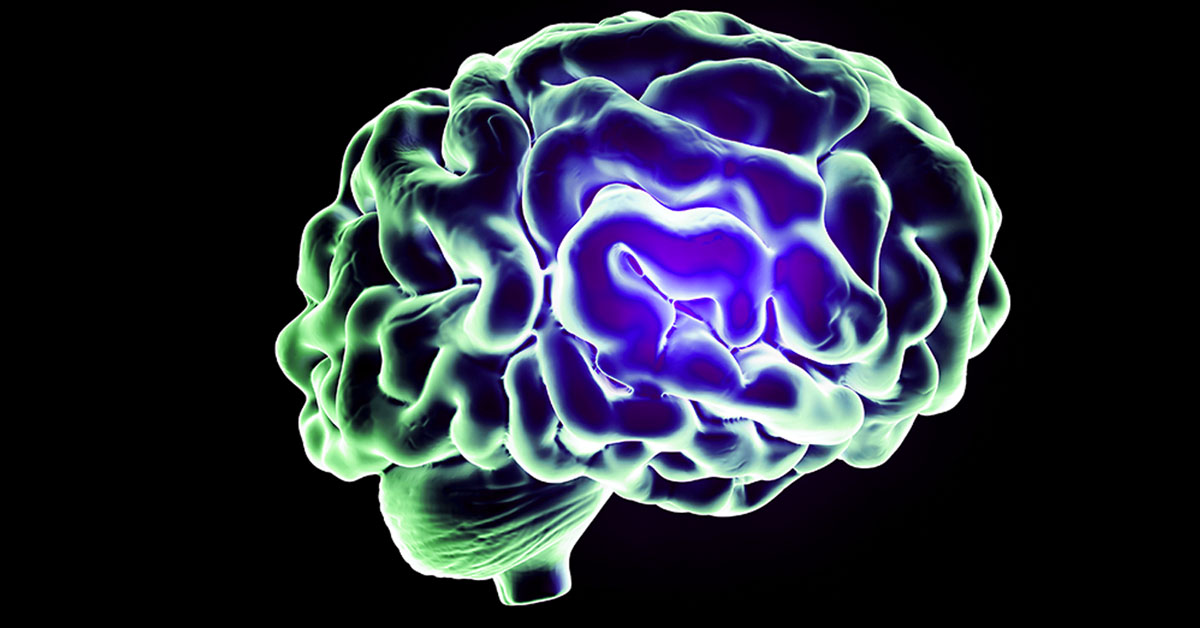Traumatic brain injury: brain injury due to impact on the head. Can be life threatening if serious and/or untreated.

What is Traumatic Brain Injury?
Traumatic brain injury (also known as TBI) is an injury to the head as a result of hard impact or a piercing injury that disturbs the normal functioning of the brain. TBI can occur if something hits the head violently or when an object breaks the cranium and penetrates the brain tissue. Damage to brain tissues may result in changes in personality, mental state or consciousness. Traumatic brain injuries can be mild, moderate or acute depending on the degree of damage to the brain tissue. A mild TBI can cause small changes to the functions of the brain and temporary unconsciousness. A severe TBI can cause long periods of unconsciousness and coma. A severe TBI can also be life threatening.
Causes of Traumatic Brain Injury
The cause of traumatic brain injury is damage to the tissues of brain. Brain tissues can be damaged as a result of a sudden violent blow, jolt, bump to the head or other types of head injuries. Almost 50% of traumatic brain injuries are caused by motor vehicle accidents. Military personnel are at a greater risk of suffering from traumatic brain injuries; this is due to there being a higher probability of head injury both during training and while on the battle field.
Symptoms of Traumatic Brain Injury
The symptoms of TBI may not appear immediately after an impact to the head. Symptoms may begin to appear a few days or even a week following the impact. Examples of TBI symptoms include:
- Excretion of spinal fluid (thin water-like fluid) from ears or nose
- Problems with balance and lack of coordination
- Slower rate of breathing with higher blood pressure
- Changes in hearing ability
- Confusion and lack of cognitive function
- Difficulty in moving body parts or paralysis
- Headaches
- Difficulty in speaking
- Loss of bladder control
- State of coma or semi-comatose
- Vision problems (e.g., double vision, blurred vision, difficulty tolerating light)
Diagnosis of TBI
The diagnosis of traumatic brain injury is often self-evident. A person who has suffered an impact to the head should have a thorough medical examination to determine if a TBI has occured. The following techniques are typically used to diagnose a TBI.
- Physical examination: A physical examination is conducted to reveal functional problems with hearing, sight, balance and coordination.
- Neuropsychological evaluation: Psychological and mental evaluation may be carried out to find out whether the brain is functioning normally.
- CT Scans and MRI scans can be used to visualize internal injuries and internal bleeding within the skull.
Treatment Options:
The following treatment options can be used depending on the severity of TBI.
- Surgical treatment: Surgery is used to remove any blood clots (hematomas) from the head. Removing blood clots will reduce pressure on the surrounding brain tissues.
- Observation: Patients who have undergone surgery are closely monitored in the intensive care unit. The patients who have suffered mild TBI and have not undergone surgery are also monitored to detect the development of any complications.
- Medicinal treatment: Currently, there are no medications that can prevent nerve damage or facilitate the healing of a nerve after damage has occurred.



